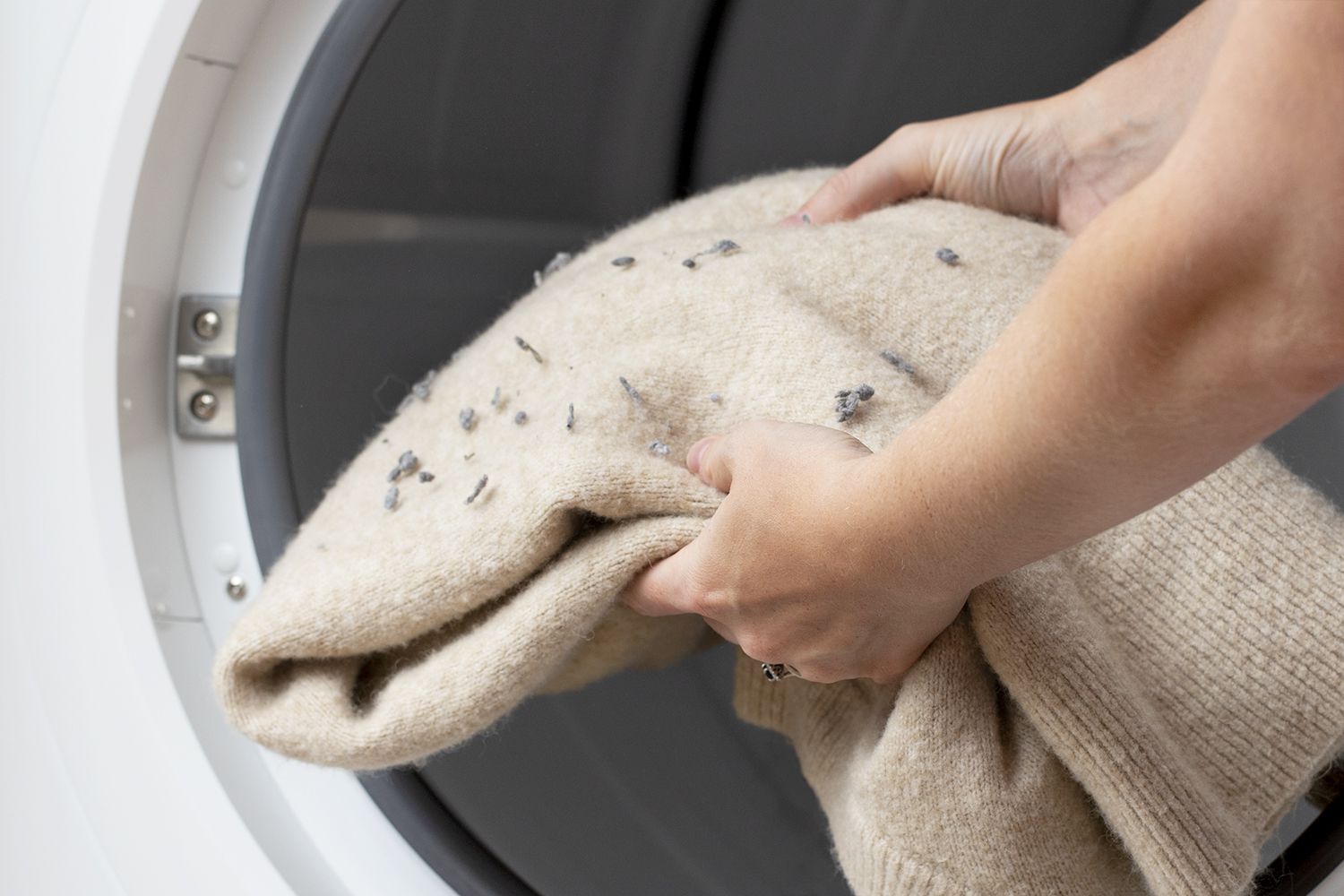

Articles
How To Get Lint Off Clothes In Dryer
Modified: May 6, 2024
Looking for articles on how to get lint off clothes in the dryer? Find the best tips and tricks to keep your laundry free from pesky lint.
(Many of the links in this article redirect to a specific reviewed product. Your purchase of these products through affiliate links helps to generate commission for Storables.com, at no extra cost. Learn more)
Introduction
Lint can be a frustrating problem when it comes to doing laundry. It seems like no matter how carefully you wash and dry your clothes, you always end up with those pesky little fibers clinging to your fabrics. Lint not only makes your clothes look dull and unkempt, but it can also clog up your dryer vent and decrease its efficiency. If left unaddressed, lint buildup can even become a fire hazard. So, it’s important to learn how to effectively remove lint from your clothes and keep your dryer running smoothly.
In this article, we will explore various methods for getting lint off clothes in the dryer. We will discuss why lint accumulates in the first place, the consequences of leaving lint on clothes, and how to prevent lint buildup. Additionally, we will provide step-by-step instructions on removing lint manually, using lint rollers or tape, and employing a dryer lint brush. Lastly, we will share some additional tips and tricks to ensure your clothes come out lint-free and ready to wear.
By following the techniques and tips outlined in this article, you can say goodbye to lint-covered clothes and keep your dryer operating efficiently for years to come. So, let’s jump right in and learn how to tackle that pesky lint problem!
Key Takeaways:
- Say goodbye to lint-covered clothes and keep your dryer running smoothly by following manual methods, using lint rollers or tape, and employing a dryer lint brush.
- Prevent lint buildup in the dryer by sorting clothes, using fabric softeners, and regularly cleaning the lint trap and dryer vent. Incorporate additional tips like air drying and using dryer balls for effective lint removal.
Read more: What Is Dryer Lint
Why is there lint in the dryer?
Lint is the accumulation of fibers that shed from clothing, towels, and other fabrics during the washing and drying process. When clothes are washed, the agitation and friction of the washing machine can cause these fibers to loosen and become detached. Once the clothes are transferred to the dryer, these loose fibers are then circulated and collected within the dryer’s drum and lint trap.
The primary culprits of lint are fabrics made from natural materials such as cotton, wool, and linen. These materials have a tendency to shed more fibers compared to synthetic fabrics like polyester or nylon. The more friction and agitation during the washing and drying process, the more lint will be produced.
Additionally, certain factors can contribute to an increased presence of lint in the dryer. Overloading the dryer with too many clothes can lead to inadequate airflow, resulting in more lint accumulation. Using low-quality detergent or fabric softeners can also contribute to lint buildup due to the chemicals and additives they contain.
It’s worth noting that lint is not only found inside the dryer, but it can also be found on surfaces and clothing even after they have been removed from the dryer. These loose fibers can cling to various materials and spread through static electricity or contact with other surfaces.
In summary, lint in the dryer is a natural byproduct of the washing and drying process, particularly with fabrics made from natural materials. Understanding the causes of lint buildup will help us prevent and effectively remove lint from our clothes.
The consequences of leaving lint on clothes
Leaving lint on clothes may seem like a minor annoyance, but it can have several negative consequences. Here are a few reasons why it’s important to remove lint from your clothes:
- Aesthetics: Lint-covered clothes give off a messy and unkempt appearance. The presence of lint can make even a freshly washed and ironed outfit look less polished. Whether you’re heading to an important meeting or a special occasion, having lint-free clothes can help you make a good impression.
- Comfort: Lint can make your clothes feel rough and uncomfortable against your skin. The fibers can irritate sensitive skin and cause itching or discomfort throughout the day. By removing lint, you can ensure that your clothes are comfortable and pleasant to wear.
- Professionalism: In certain professions, presentation is crucial. If you work in a field where appearance matters, such as customer service or sales, lint-covered clothes can undermine your professionalism and credibility. Keeping your clothes lint-free reflects attention to detail and a well-groomed appearance.
- Durability: Lint buildup can affect the longevity and durability of your clothes. The fibers from the lint can become embedded in the fabric, weakening the threads over time. This can lead to increased pilling, snags, and even holes in your clothes. By removing lint regularly, you can prolong the lifespan of your garments.
- Fire hazard: Perhaps the most concerning consequence of leaving lint on clothes is the increased risk of a dryer fire. Lint is highly flammable, and when it accumulates in the dryer vent or lint trap, it can ignite due to the heat generated during the drying process. Regularly removing lint from your clothes and your dryer helps minimize this fire hazard.
Overall, the consequences of leaving lint on clothes go beyond just appearance. It can impact your comfort, professionalism, clothing durability, and even your safety. Taking the time to remove lint from your clothes will not only improve their appearance but also enhance your overall clothing experience.
How to prevent lint buildup in the dryer
To prevent lint buildup in the dryer, it’s important to take proactive measures. Here are some effective strategies:
- Sorting clothes: Before doing laundry, sort your clothes based on fabric type. Fabrics that shed more, such as towels and fuzzy sweaters, should be washed separately from clothes that produce less lint. This helps to minimize the transfer of lint between garments.
- Emptying pockets: Before placing clothes in the dryer, thoroughly check and empty the pockets. Items like tissue papers, receipts, and lint-producing materials like tissues or cotton balls can contribute to lint buildup in the dryer.
- Using dryer sheets: Utilize dryer sheets or fabric softener to reduce static electricity and lint. These products work by coating the clothes with a thin layer that minimizes fiber shedding and helps the lint release from the fabric more easily.
- Tackling excessive shedding fabrics: For garments that tend to shed a lot of lint, like wool sweaters, it’s beneficial to wash them in a mesh laundry bag or pillowcase. This helps to contain the majority of the lint and prevent it from spreading to other clothes.
- Cleaning the lint trap: Regularly clean the lint trap or filter in your dryer after each use. Remove the accumulated lint by hand or with a soft brush. This allows for proper airflow and prevents lint from circulating through the dryer.
- Cleaning the dryer vent: Periodically clean the dryer vent to ensure proper ventilation and reduce lint buildup. Disconnect the dryer vent hose and remove any lint using a flexible brush or vacuum cleaner. This is especially important for long or heavily used dryer vents.
- Professional maintenance: Consider scheduling regular professional maintenance for your dryer. A professional technician can thoroughly clean the internal components, inspect the venting system, and address any potential issues that may cause lint buildup.
By implementing these preventive measures, you can significantly reduce lint buildup in your dryer and keep your clothes lint-free. Consistency and regular maintenance are key to preventing lint-related issues and ensuring optimal performance of your dryer.
Removing lint manually from clothes in the dryer
If you notice lint on your clothes after they have been dried, there are several manual methods you can use to effectively remove it. Follow these steps:
- Shake the clothes: Take each garment out of the dryer and give it a good shake. This helps to loosen the lint and make it easier to remove.
- Use a lint brush or lint roller: Use a lint brush or lint roller to remove lint from the surface of the clothes. Roll the lint brush or roller over the fabric, applying gentle pressure to collect the lint. It’s advisable to work in one direction and frequently clean or replace the adhesive surface of the lint roller if it becomes clogged with lint.
- Try masking or packing tape: If you don’t have a lint roller, you can use masking or packing tape as an alternative. Wrap a strip of tape around your hand with the sticky side facing out and gently press it onto the fabric. Lift the tape, and it will pull the lint away from the clothes. Repeat this process until the majority of the lint is removed.
- Use a damp cloth: Another method is to dampen a cloth or sponge and gently rub it over the clothes. The damp cloth helps to attract and lift the lint from the fabric. Be careful not to use too much water, as excessive moisture can damage certain fabrics.
- Clean the dryer’s lint trap: After manually removing lint from your clothes, don’t forget to clean the lint trap or filter in your dryer to prevent future lint accumulation. Simply remove the lint by hand or with a soft brush, ensuring that the trap is clear before the next use.
Using these manual methods, you can effectively remove lint from your clothes in the dryer. Choose the method that works best for you based on the materials you have available and the type of fabric you’re working with. Regularly inspecting and manually removing lint will help keep your clothes looking clean and lint-free.
To get lint off clothes in the dryer, use a lint roller or a dryer lint brush to easily remove the lint from the fabric. You can also run the clothes through a short, no-heat cycle to shake off any remaining lint.
Read more: How To Get Lint Out Of A Blanket
Using lint rollers or tape to remove lint from clothes in the dryer
Lint rollers and adhesive tapes are excellent tools for effortlessly removing lint from clothes in the dryer. Here is how you can effectively use these items:
- Prepare the lint roller or tape: If you are using a lint roller, make sure it has a fresh adhesive surface. If you are using tape, cut off a piece that is long enough to wrap around your fingers or hand with the sticky side facing out.
- Remove one garment at a time: Take out one item of clothing from the dryer and identify areas with visible lint. Shake the garment gently to loosen any loose lint fibers that may be on the surface.
- Roll the lint roller or tape: If using a lint roller, firmly roll it over the fabric, applying gentle pressure. Start from top to bottom and work in one direction. The sticky surface of the lint roller will trap and lift the lint from the fabric. If using tape, press it against the fabric and lift it off, repeating the process until the majority of the lint is removed.
- Continue with other garments: Repeat the process for each garment, using a fresh adhesive surface on the lint roller as needed or cutting a new piece of tape. Pay close attention to areas where lint tends to accumulate more, such as collars, cuffs, and pockets.
- Dispose of used adhesive surfaces: If you are using a lint roller, peel off the used adhesive sheet and discard it. If you are using tape, remove the used piece and dispose of it. This ensures that the lint is properly discarded and won’t transfer back onto the clothes.
- Repeat if necessary: If there are still traces of lint on the clothes after using the lint roller or tape, you can go over the fabric again until you achieve the desired lint-free result.
Using lint rollers or tape is a quick and convenient way to remove lint from clothes in the dryer. They are especially effective for removing stubborn lint and pet hair. Remember to replace the adhesive surface of the lint roller or use a new piece of tape when it becomes full of lint to maintain optimal cleaning efficiency.
By following these steps, you can easily eliminate lint from your clothes and keep them looking clean and fresh.
Using a dryer lint brush to remove lint from clothes in the dryer
A dryer lint brush is a specialized tool designed to effectively remove lint from clothes in the dryer. Here’s how you can use it:
- Select a suitable dryer lint brush: Look for a lint brush specifically designed for use in dryers. These brushes typically have long, flexible bristles that can reach deep into the dryer drum to remove lint.
- Prepare the dryer: Make sure the dryer is turned off and unplugged to ensure your safety. Open the dryer door and remove any clothes or items from the drum.
- Extend and position the brush: Extend the handle of the lint brush to its full length. Insert the brush into the dryer drum, positioning it in such a way that you can reach all areas without difficulty.
- Rotate the brush: Using a gentle twisting motion, rotate the brush in a clockwise direction. The bristles will grab onto the lint and help dislodge it from the fabric.
- Work systematically: Start from the top of the drum and gradually work your way down, covering the entire surface area. Pay extra attention to spots where lint tends to accumulate, such as the lint trap area and along the drum’s edges.
- Inspect the brush: Periodically check the bristles of the lint brush for any excessive lint buildup. Remove the accumulated lint from the brush to ensure its continued effectiveness.
- Clean the lint trap and filter: After using the lint brush, don’t forget to clean the lint trap or filter in your dryer. Manual removal of lint from the drum may dislodge additional lint particles that end up in the trap. Clearing the lint trap ensures proper airflow and reduces the risk of future lint buildup.
Using a dryer lint brush is an efficient way to remove lint from clothes in the dryer. The flexible bristles of the brush reach into crevices and corners where lint tends to accumulate. Regularly using this tool will help keep your clothes free from lint and ensure the optimal performance of your dryer.
Remember to follow the manufacturer’s instructions for your specific dryer lint brush to ensure safe and effective usage.
Other tips and tricks to get lint off clothes in the dryer
In addition to the manual methods and specialized tools mentioned earlier, there are several other tips and tricks you can use to effectively remove lint from clothes in the dryer:
- Use a fabric softener: Adding a fabric softener to your laundry can help reduce static cling and minimize lint attraction. Choose a fabric softener specifically designed to combat lint, or opt for dryer sheets that have anti-static properties.
- Air dry certain fabrics: Some fabrics are more prone to lint buildup in the dryer. If you notice excessive lint on certain items, consider air drying them instead of using the dryer. Hang them up or lay them flat on a drying rack to minimize friction and lint accumulation.
- Wash and dry similar fabrics together: Sorting your clothes not only based on color but also fabric type can help prevent lint transfer. Washing and drying similar fabrics together reduce the likelihood of lint from shedding fabrics getting onto other clothes.
- Use dryer balls: Dryer balls are small, textured balls that you can toss into the dryer along with your clothes. These balls help to agitate the fabric and separate the fibers, reducing lint accumulation. They also help speed up drying time and soften fabrics without the use of additional chemicals.
- Check and clean the dryer vent: A clogged or restricted dryer vent not only hampers drying efficiency but can also contribute to lint buildup. Regularly inspect the vent for any obstructions and clean it to promote proper airflow and reduce lint accumulation.
- Turn clothes inside out: Turning your clothes inside out before washing and drying can help reduce lint buildup. Lint is more likely to accumulate on the garment’s exterior, so by reversing it, you minimize the lint that adheres to the visible surface.
- Vacuum the dryer drum: Occasionally vacuuming the interior of the dryer drum can help remove lint that may have escaped your manual efforts. Use a soft brush attachment to gently vacuum the drum’s surface, focusing on hard-to-reach areas where lint tends to accumulate.
By incorporating these additional tips and tricks into your laundry routine, you can effectively remove lint from clothes in the dryer. Experiment with different methods and find what works best for your specific fabrics and circumstances. Consistency and regular maintenance will help keep your clothes lint-free and your dryer running smoothly.
Conclusion
Lint buildup in the dryer can be frustrating, but with the right knowledge and techniques, you can effectively remove lint from your clothes and keep your dryer running smoothly.
We explored various methods for getting lint off clothes in the dryer, including manual removal, using lint rollers or tape, and utilizing a dryer lint brush. Each method offers its own advantages and can be used depending on the availability of tools and personal preference.
It is crucial to understand the importance of removing lint from clothes to maintain their appearance, comfort, and durability. Leaving lint on clothes can impact aesthetics, professionalism, and even pose a fire hazard. Regularly cleaning the lint trap and dryer vent, as well as following preventive measures, can help prevent lint buildup.
By incorporating tips and tricks such as sorting clothes, using fabric softeners, and air drying certain fabrics, you can further reduce lint accumulation. Additionally, the use of dryer balls and turning clothes inside out can aid in minimizing lint in the dryer.
Remember to always follow the manufacturer’s guidelines for your specific dryer and tools to ensure safe and effective lint removal. Regular maintenance and ongoing vigilance will ensure that your clothes come out lint-free, making them look clean, fresh, and professional.
With the techniques and information shared in this article, you can say goodbye to lint-covered clothes and confidently tackle the task of removing lint from clothes in the dryer. Keep your clothes lint-free and your dryer operating at its best for years to come!
Now that you've mastered removing lint from clothes in the dryer, why not extend your cleaning prowess to other areas of your home? For instance, if your fridge could use a bit of sprucing up, we've got just the right guide. Dive into our comprehensive article on how to refresh every nook and cranny of your refrigerator, ensuring it's as spotless as your freshly cleaned laundry. From simple wipes to deep cleans, you'll find all the necessary steps to maintain your fridge's sparkle and hygiene.
Frequently Asked Questions about How To Get Lint Off Clothes In Dryer
Was this page helpful?
At Storables.com, we guarantee accurate and reliable information. Our content, validated by Expert Board Contributors, is crafted following stringent Editorial Policies. We're committed to providing you with well-researched, expert-backed insights for all your informational needs.
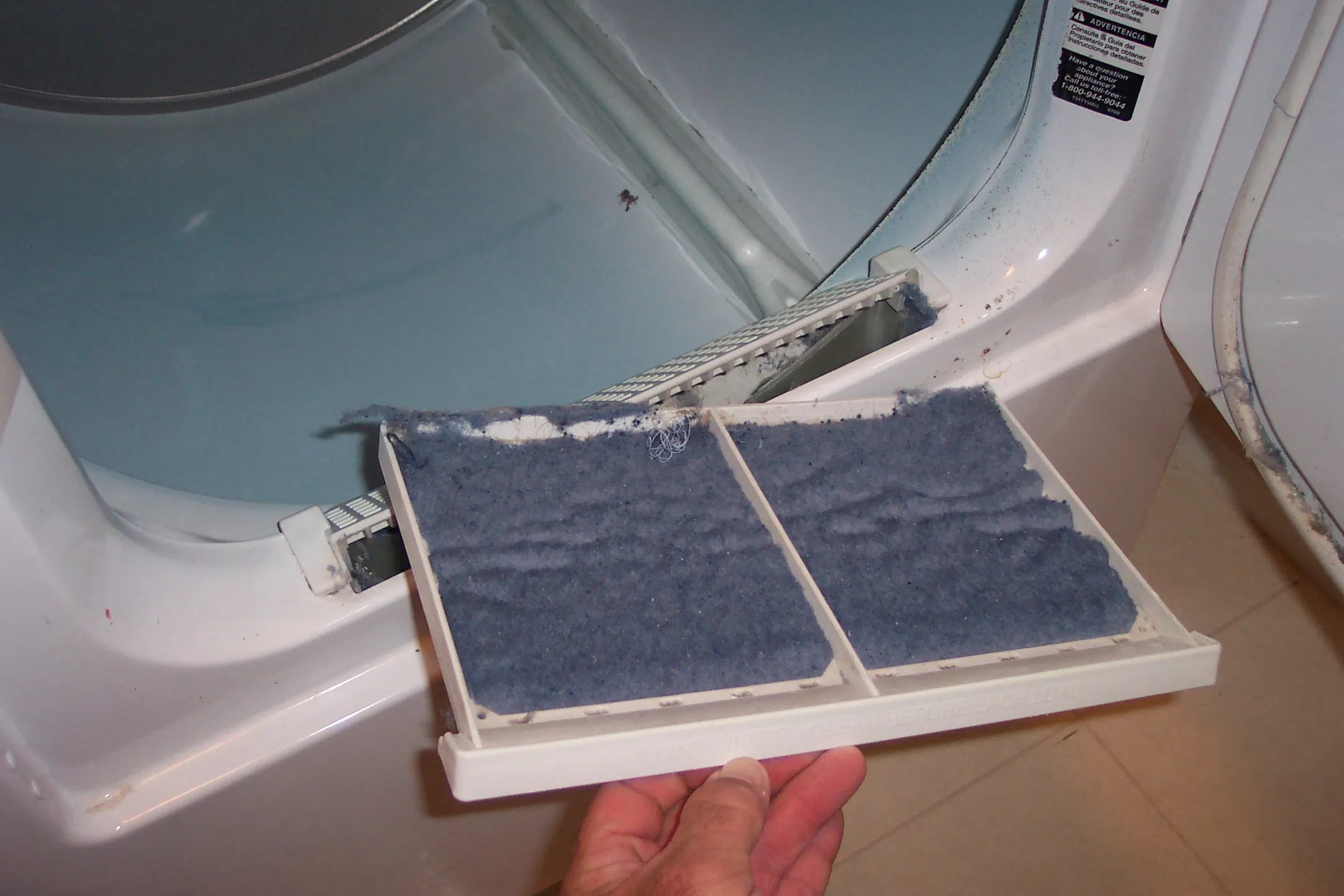
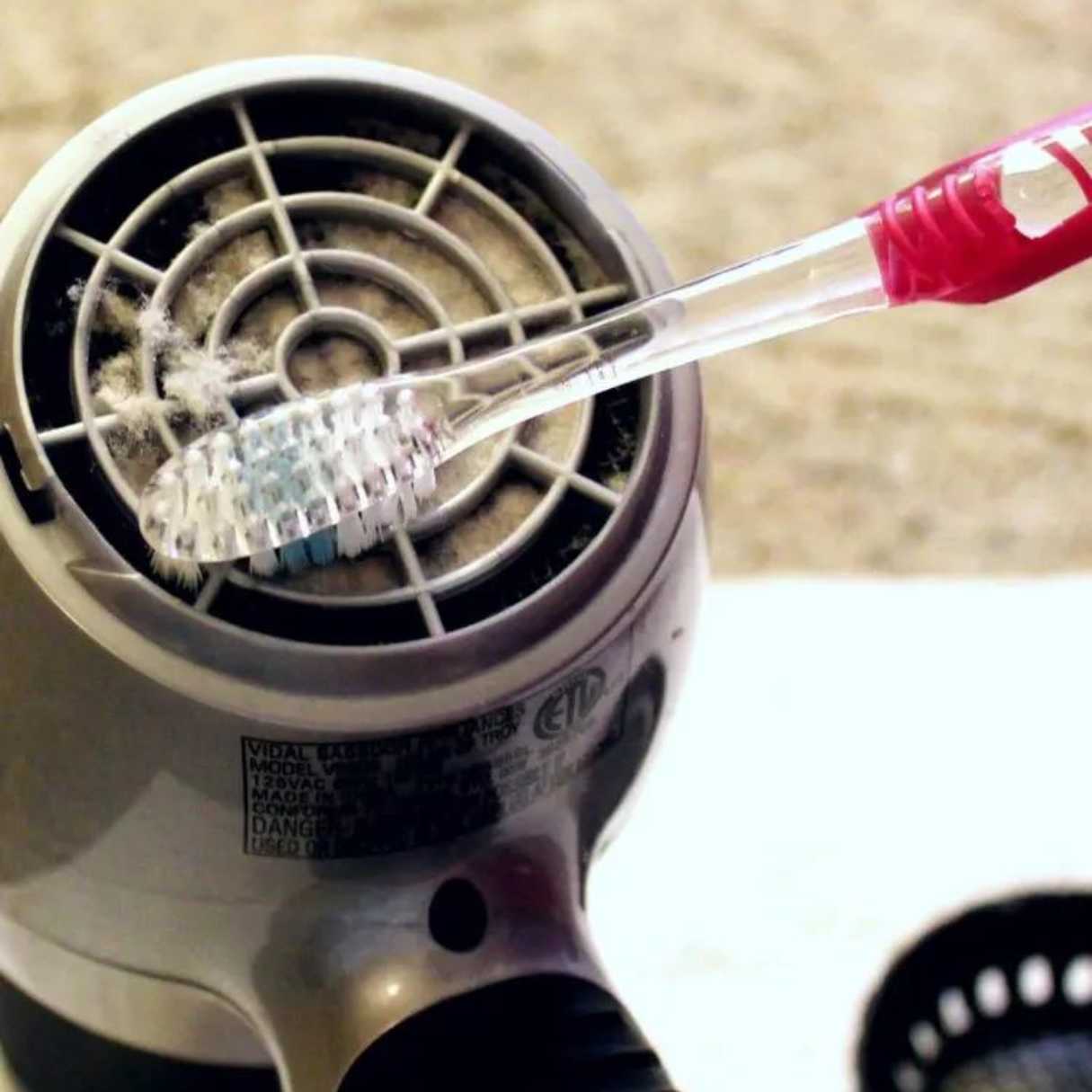
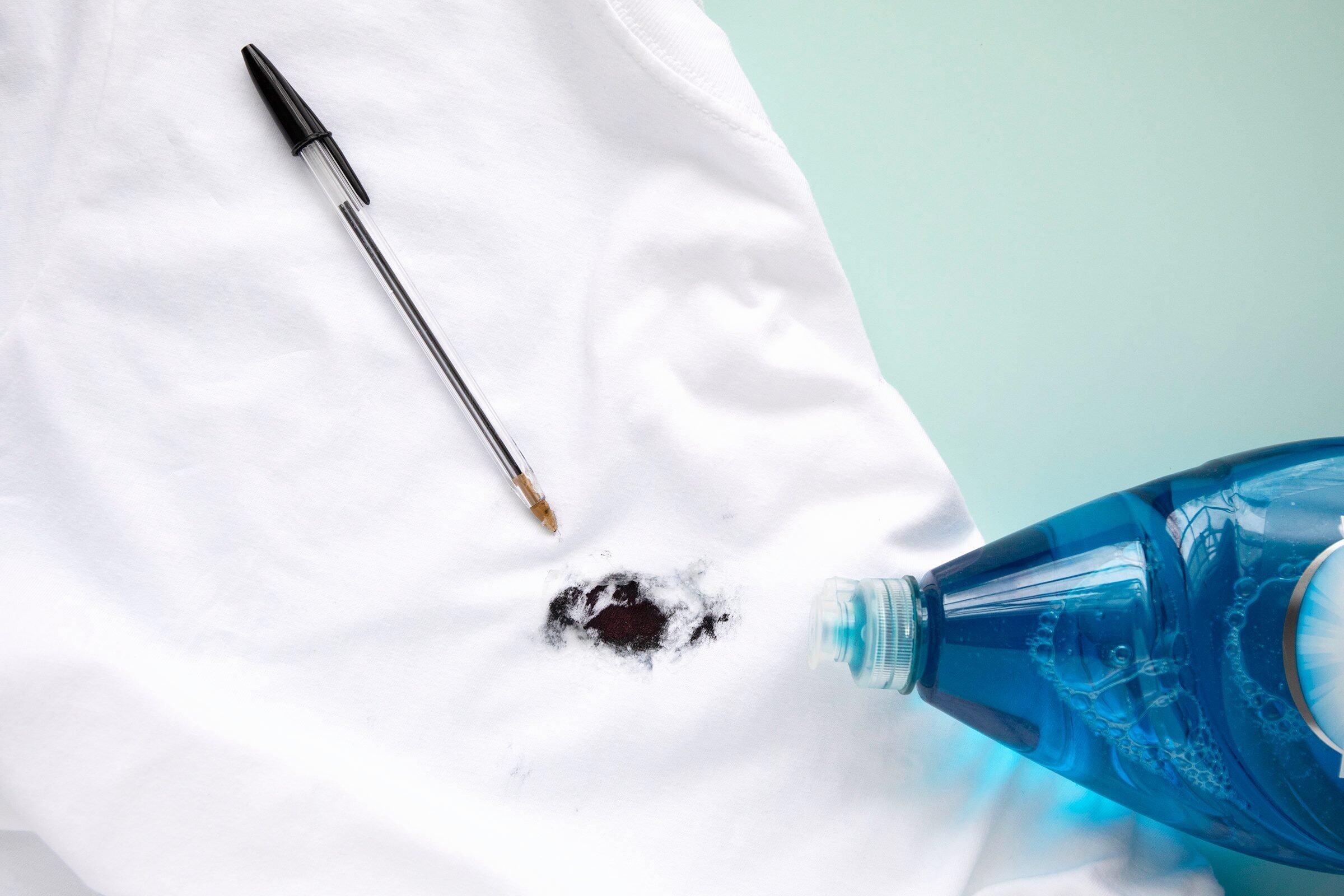
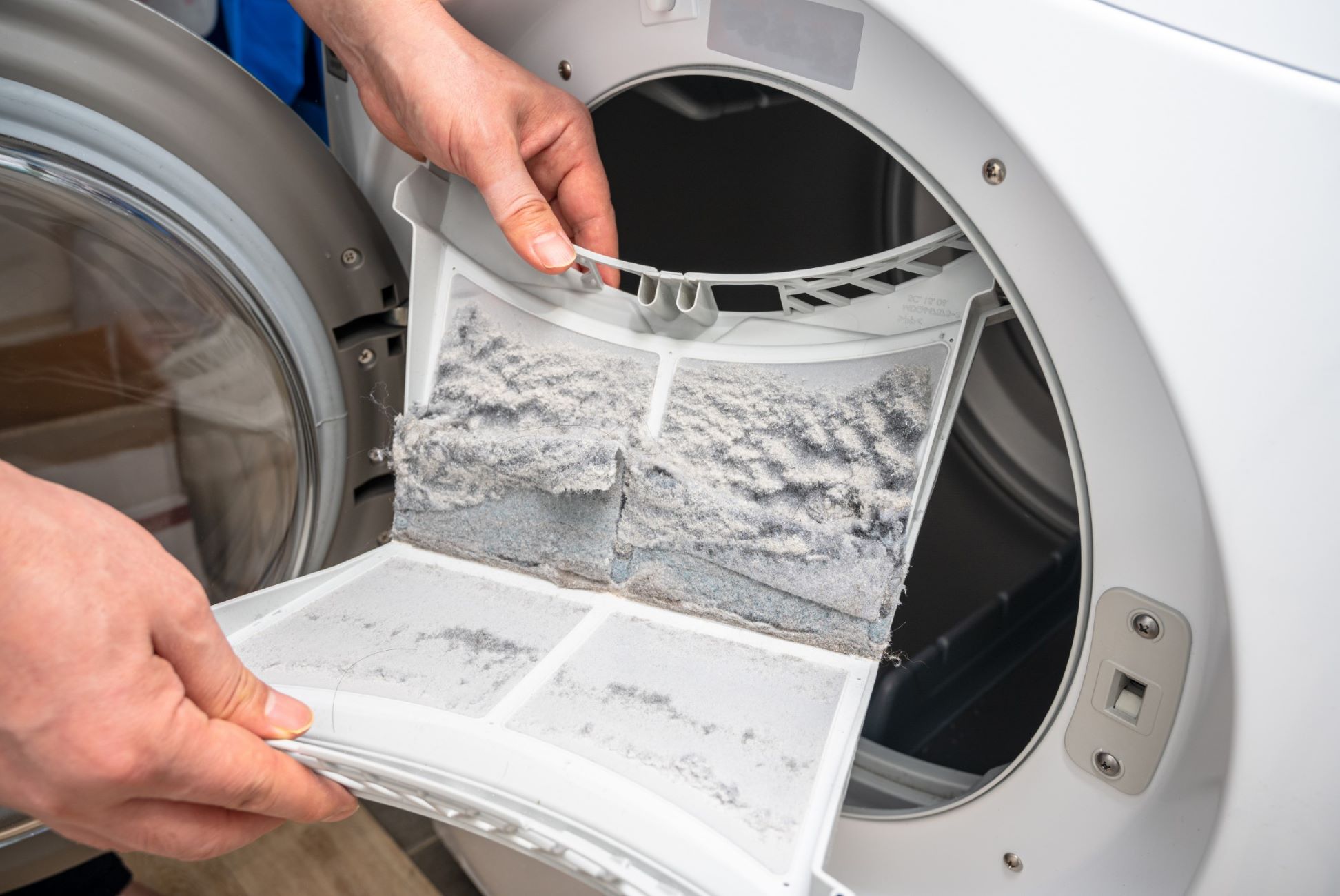
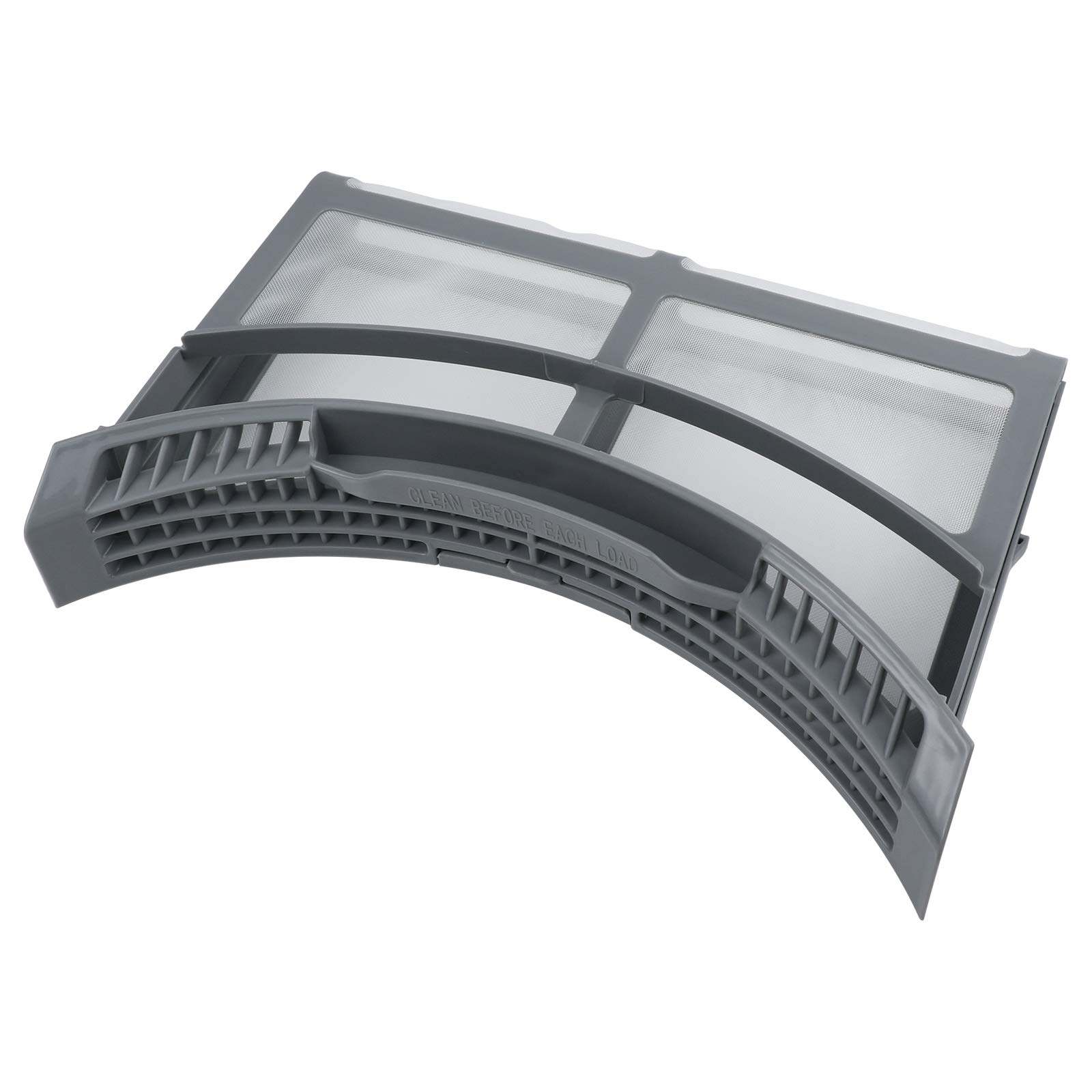
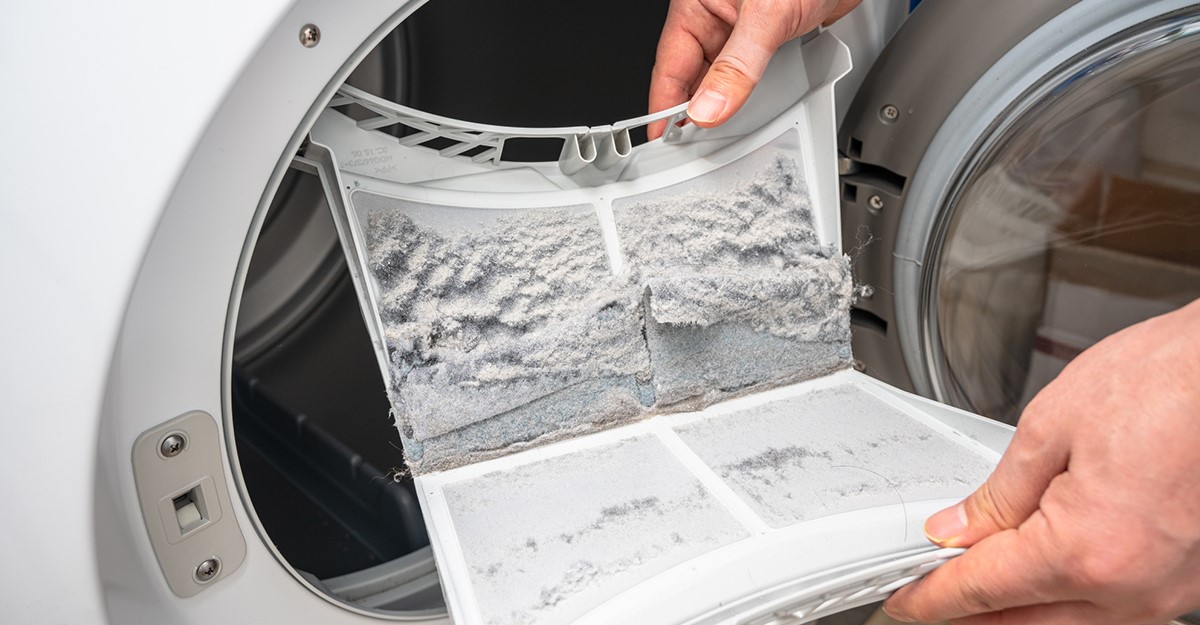
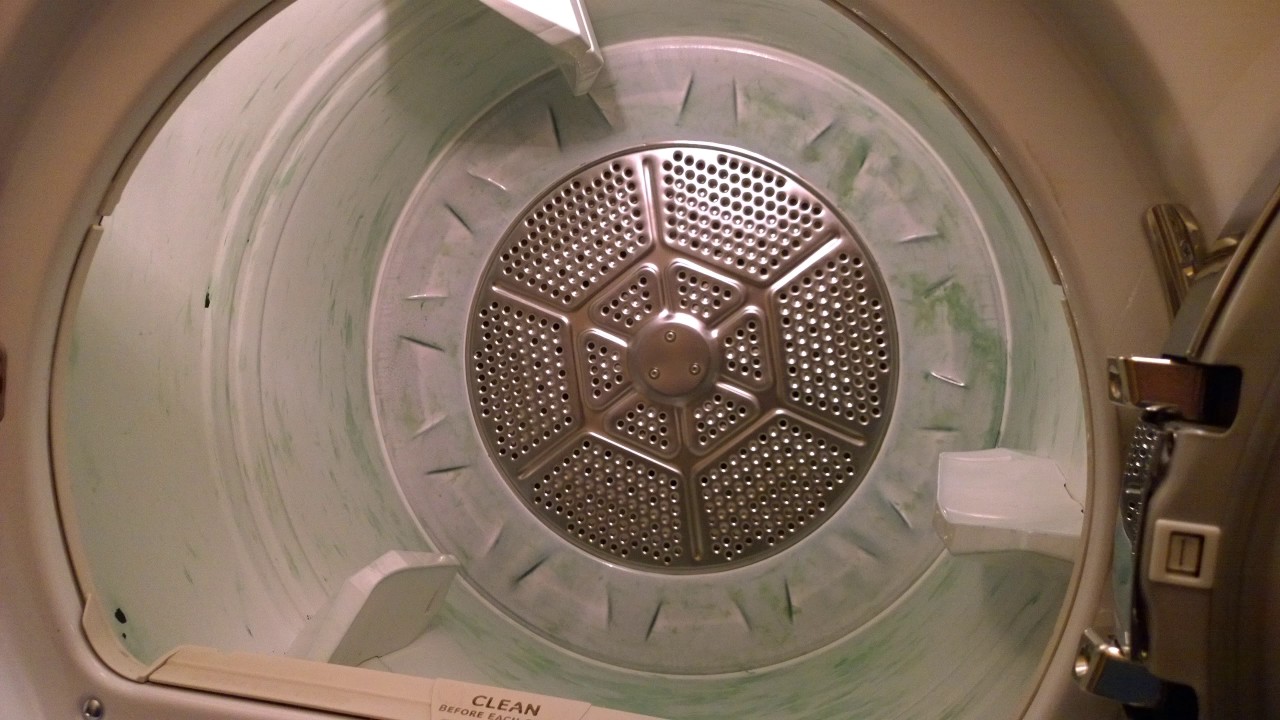
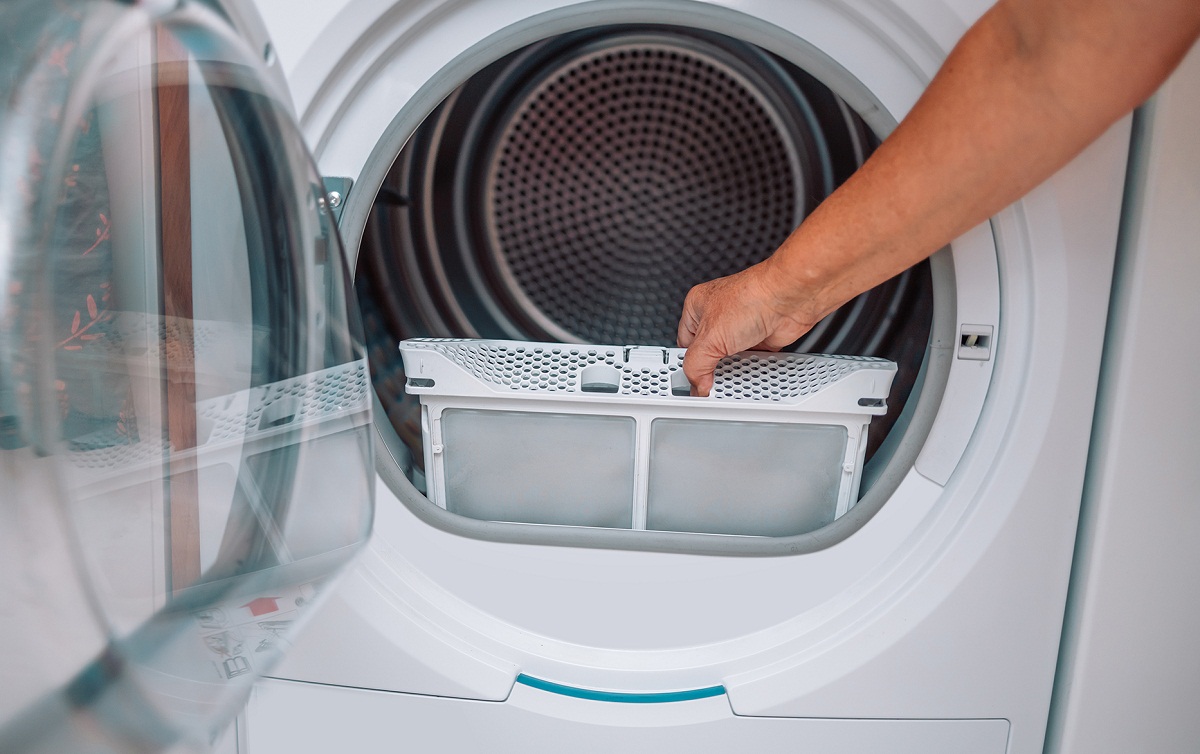
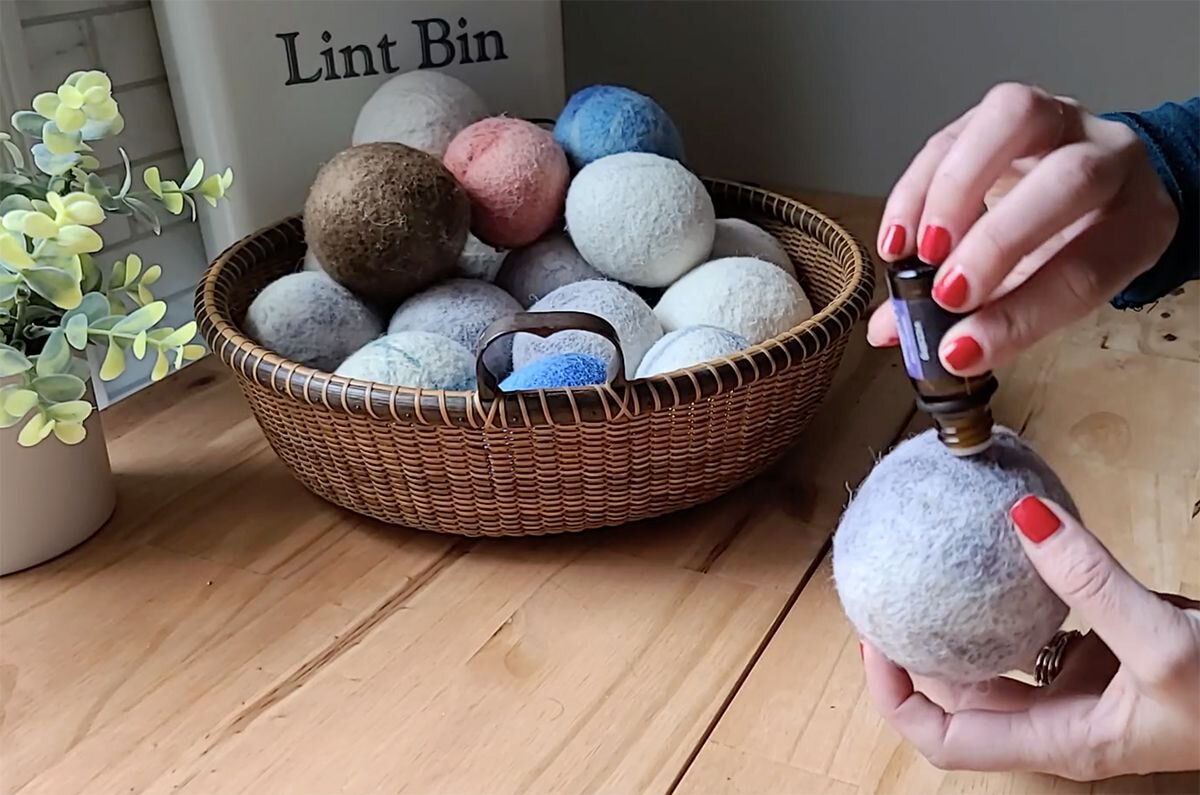
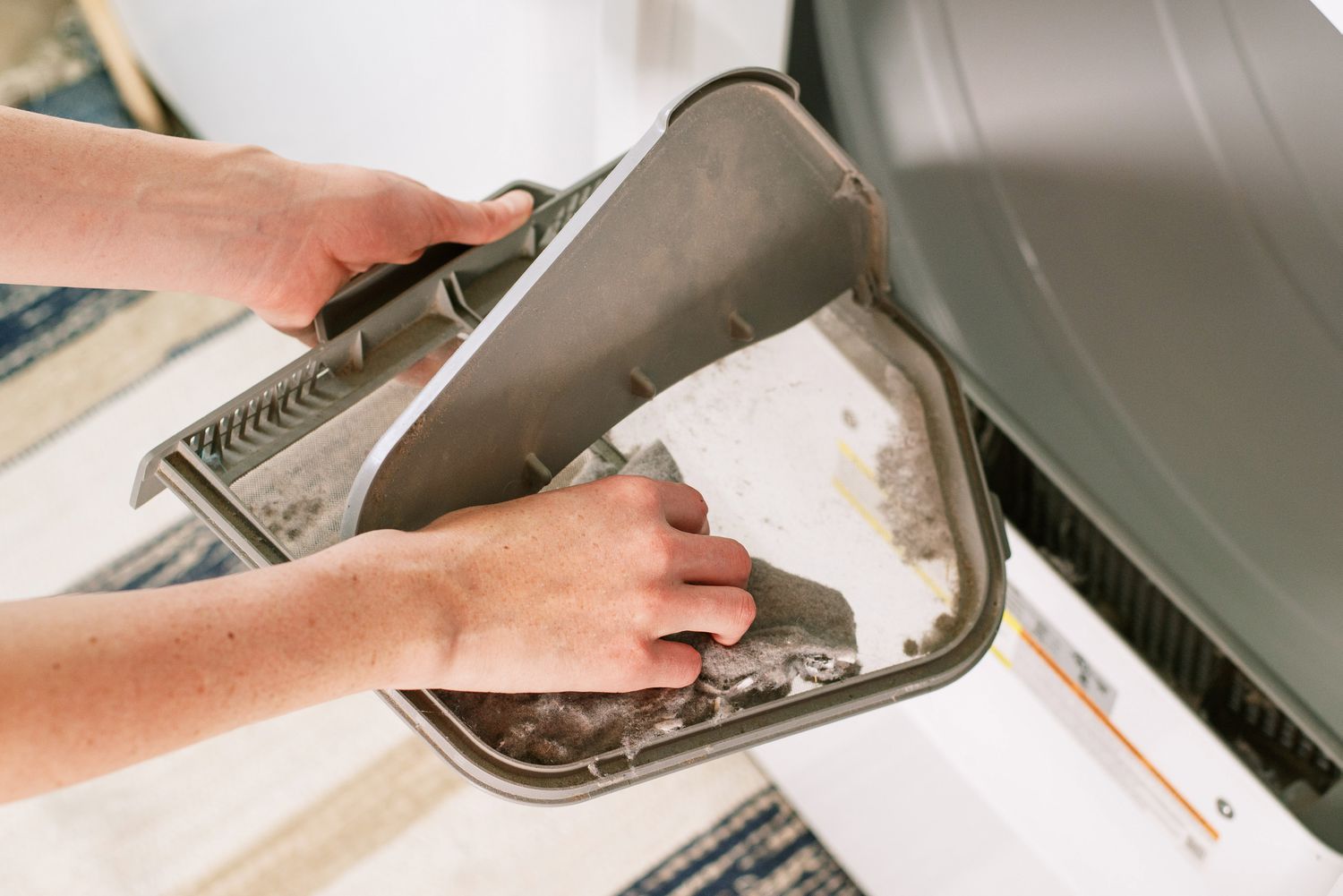
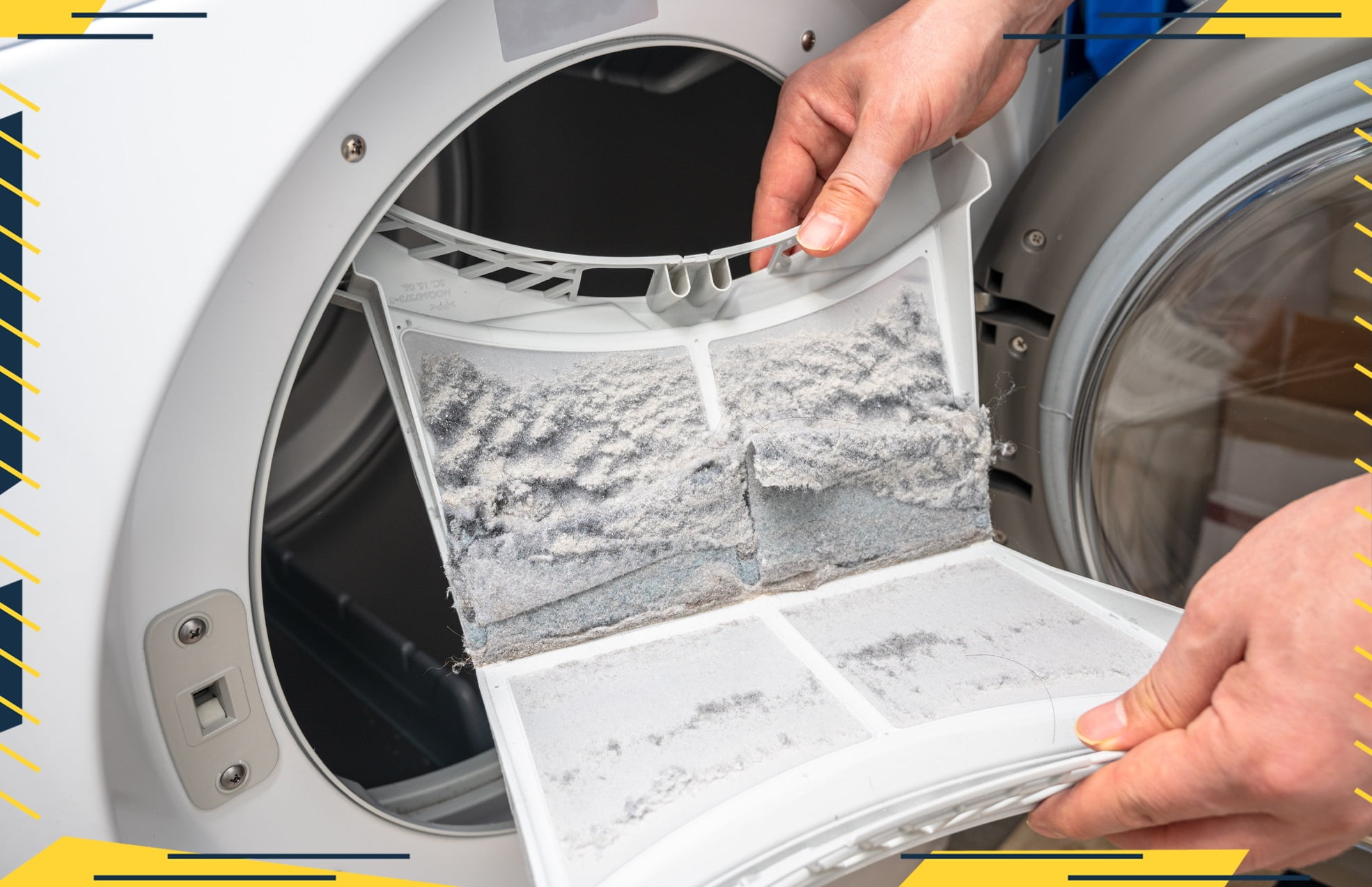
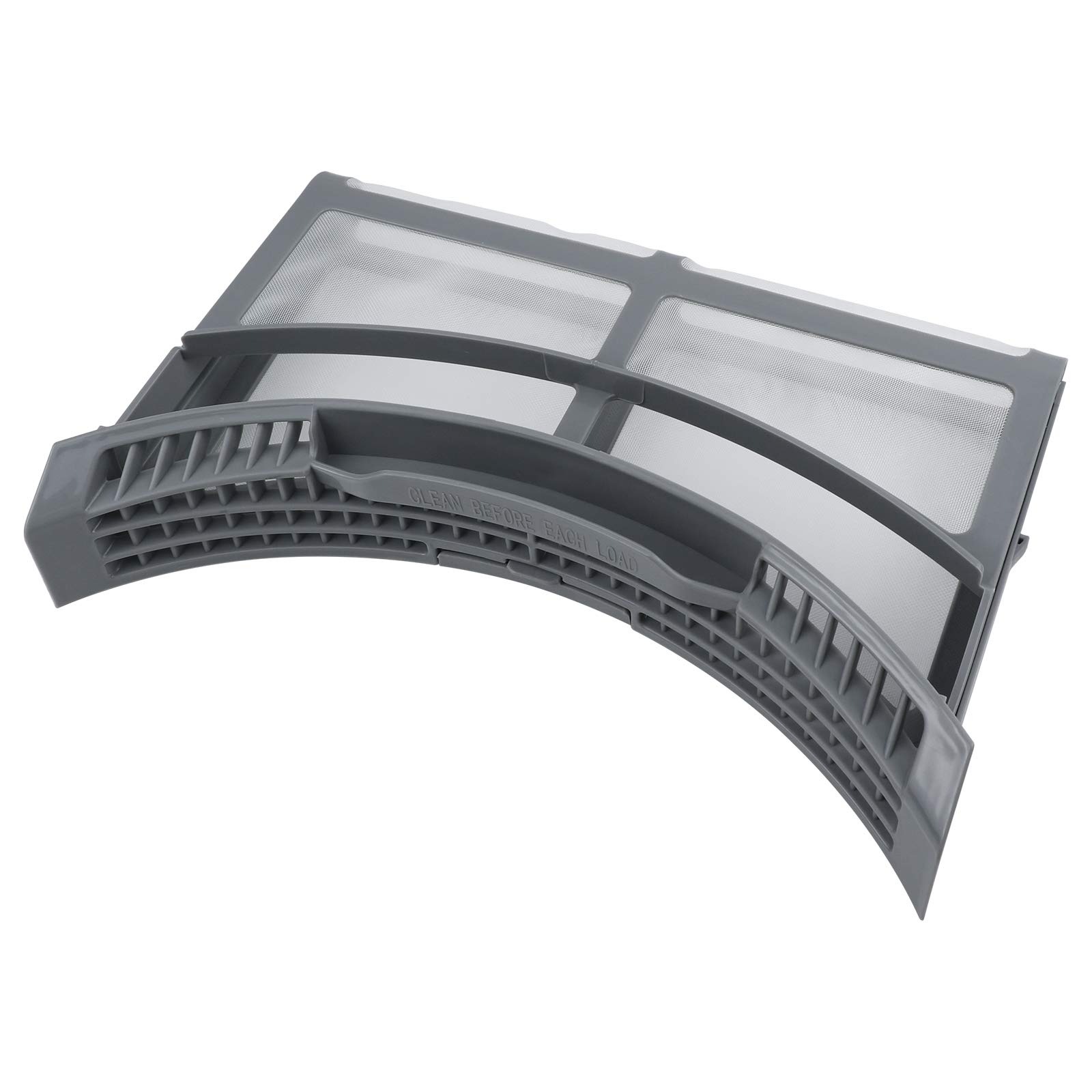
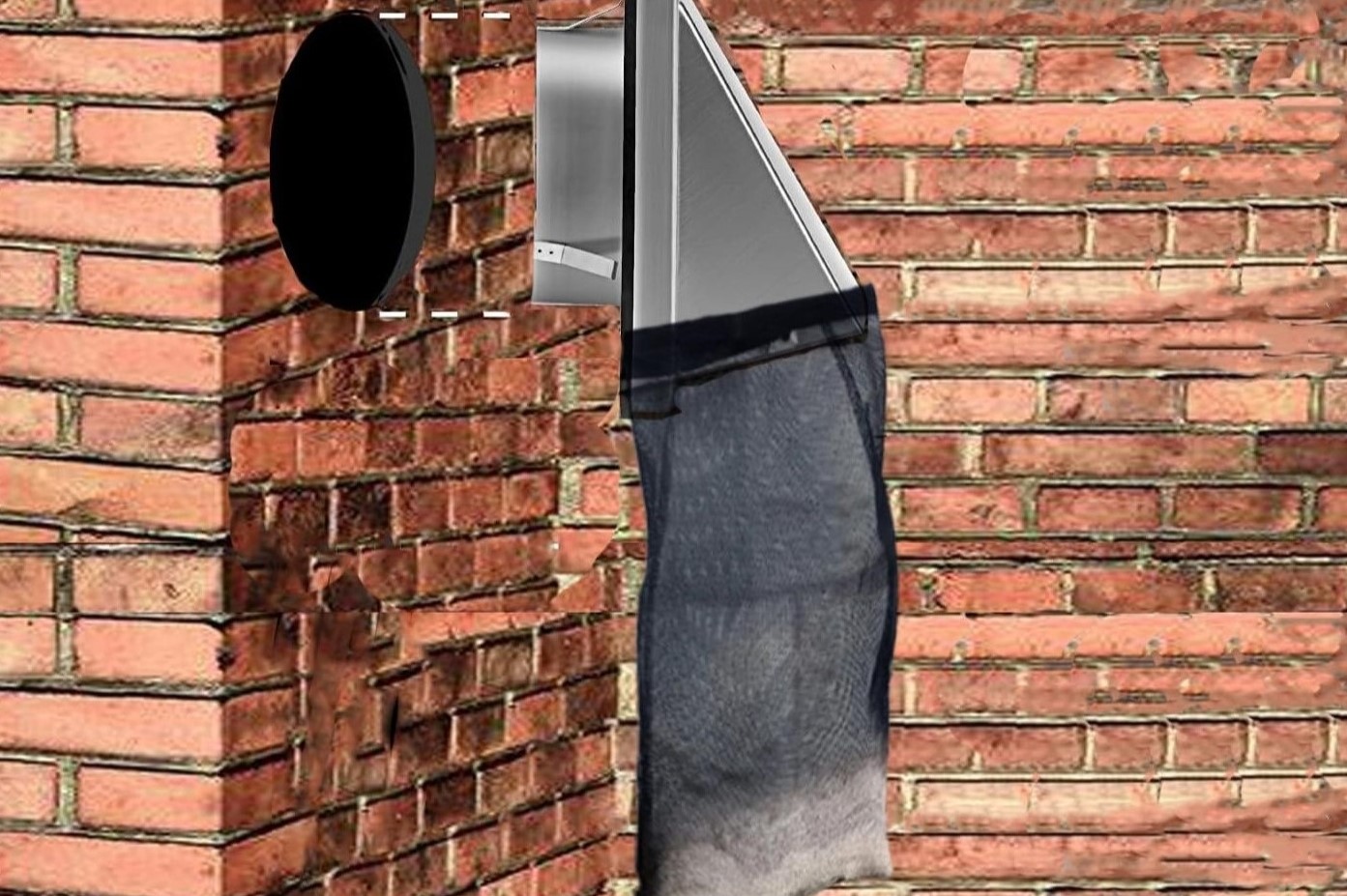
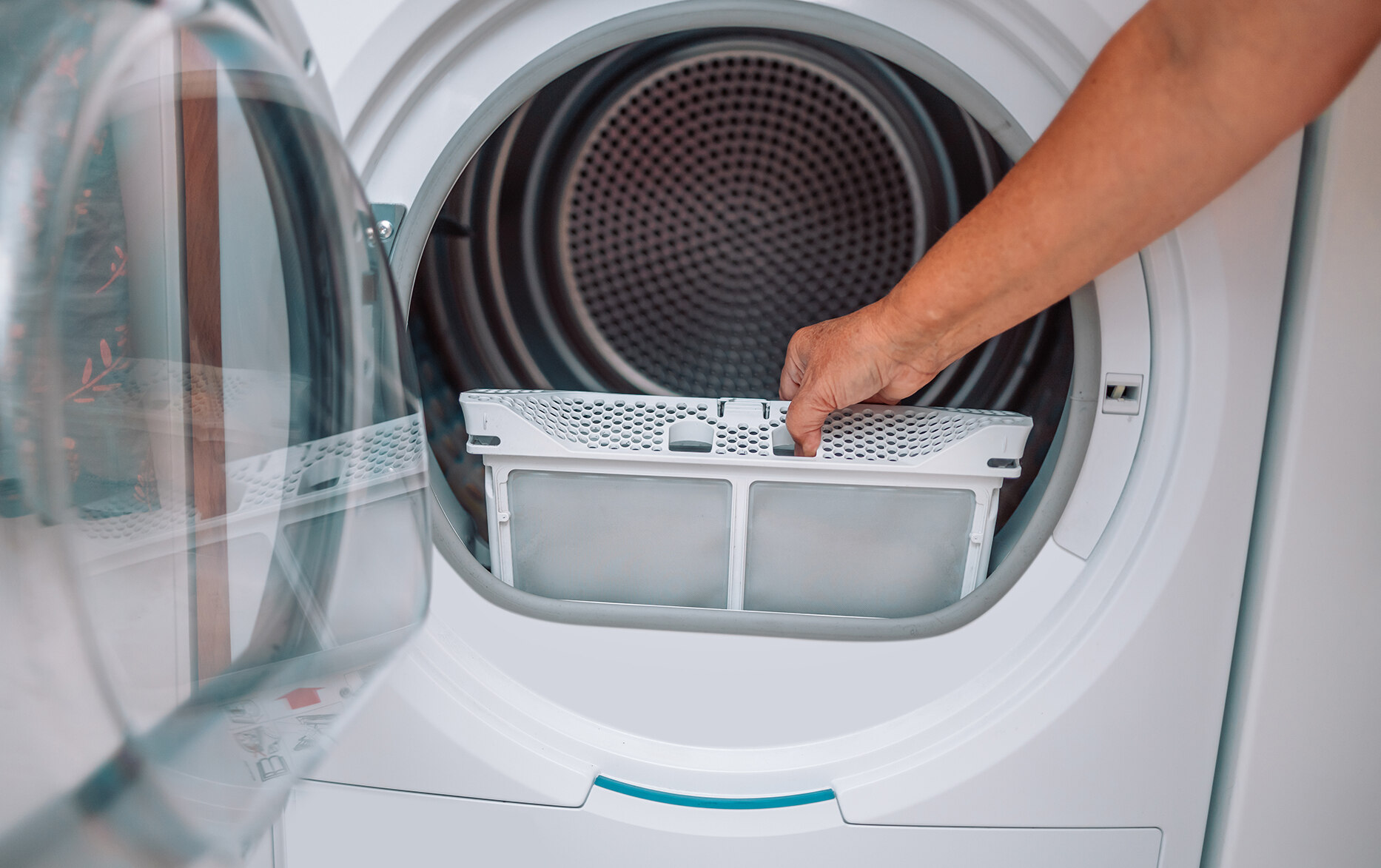

0 thoughts on “How To Get Lint Off Clothes In Dryer”